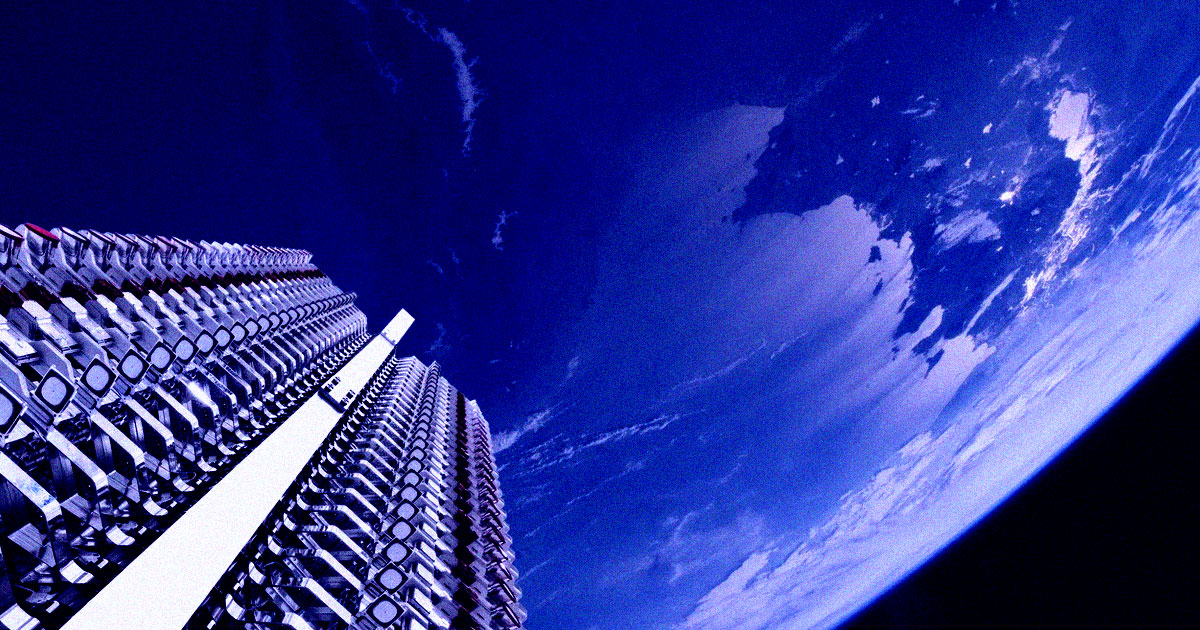Abstract from the paper in the article:
https://agupubs.onlinelibrary.wiley.com/doi/10.1029/2024GL109280
Large constellations of small satellites will significantly increase the number of objects orbiting the Earth. Satellites burn up at the end of service life during reentry, generating aluminum oxides as the main byproduct. These are known catalysts for chlorine activation that depletes ozone in the stratosphere. We present the first atomic-scale molecular dynamics simulation study to resolve the oxidation process of the satellite’s aluminum structure during mesospheric reentry, and investigate the ozone depletion potential from aluminum oxides. We find that the demise of a typical 250-kg satellite can generate around 30 kg of aluminum oxide nanoparticles, which may endure for decades in the atmosphere. Aluminum oxide compounds generated by the entire population of satellites reentering the atmosphere in 2022 are estimated at around 17 metric tons. Reentry scenarios involving mega-constellations point to over 360 metric tons of aluminum oxide compounds per year, which can lead to significant ozone depletion.
PS: wooden satellites can help mitigate this https://www.nature.com/articles/d41586-024-01456-z



You would think space engineers would‘ve run those numbers before sending tens of thousands of them in orbit. It‘s really annoying that we can only hope for the best at this point.
I was just worried about Kessler syndrome and just felt relaxed that their orbits were low enough to naturally decay and never become a permanent problem. What this research seems to show is that the aluminum oxide dust does not settle in days/weeks, but it is fine enough to stay there for decades :/
They do, and did. Perhaps this reaction with the ozone layer just hasn’t been considered until now.